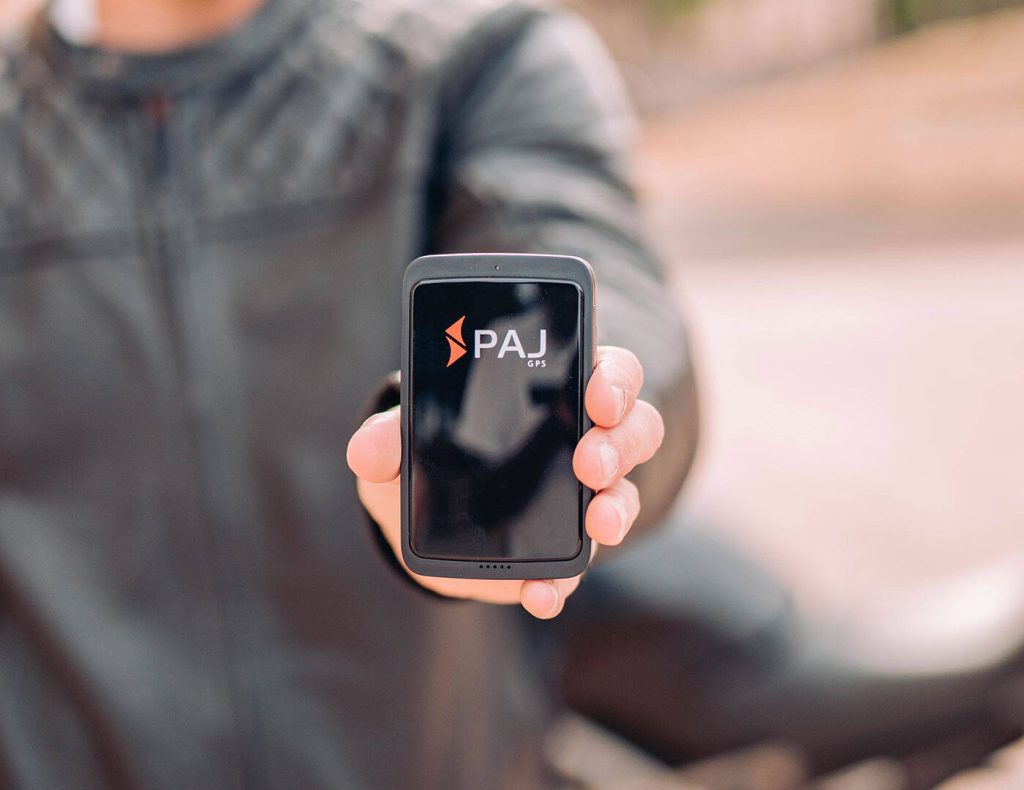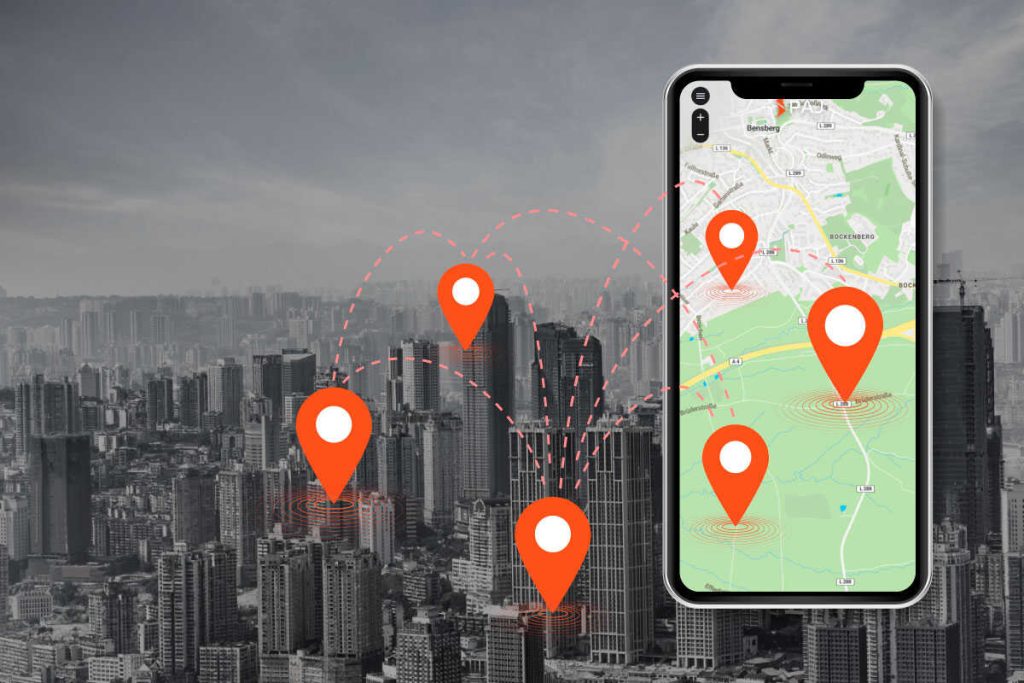GPS vs. GSM: What’s the Best for Accurate Tracking
The Global Positioning System (GPS) uses satellites to determine the precise location; therefore, it is the most accurate positioning method worldwide, with a positioning accuracy of approximately 5–10 m. GPS technology works with satellites that send out your current position and time using coded radio signals. The GPS transmitter then determines its position by the speed at which the transmitter travels, using the signal transit time. To do this, either measure the Doppler effect or, depending on the time, use numerical differentiation of a location.
The Global System for Mobile Communications (GSM) is a widely adopted standard for mobile communication that uses wireless network infrastructure. GSM operates on cellular networks and sends data through networks, which are compressed and sent to different channels.
GPS systems and their applications
First developed as part of boosting the U.S. military sector in the 1970s. But with developments in GPS technology, it has slowly started gaining importance in other sectors such as construction, automobile, healthcare, and agriculture and pet tracking.
GSM and its application
GSM was first introduced in Europe in 1992 as a replacement for analog systems. Initially used only in Europe, it has also slowly gain prominence across other continents. Like GPS technology, GSM works in construction, automobiles, and healthcare. Etc
Fundamental difference
GPS uses signals coming from satellites to pinpoint the exact location or position. Whereas, GSM uses cellular signals that are from nearby base stations. So low accuracy.
In GPS technology, 4 of the 24 satellites set in the orbit of Earth used to perform routing. But in GSM, the strength of the signal from the base stations gives location to the user.
One advantage of GSM is that it can work efficiently indoors and underground, such as in tunnels, whereas GSM requires a clear sky. With the latest advancements in GPS technology, GPS trackers work better.
GSM allows two-way communication, while GPS is receive-only
GSM has higher power consumption and requires more frequent battery recharge
How do PAJ GPS Trackers work?
The PAJ GPS tracker has three chief components that ensure a precise location. The first part that connects to a GPS satellite is a GPS module. They make up the GPS network. With this network, exact GPS data of the tracker is obtained. As a result, you can locate the GPS tracker anywhere, as long as it is on and has a sufficient GPS signal. GSM modem is the second component that sends the position data received. GSM network used for this is the conventional cell phone network. A SIM card that can access the GSM network is required to make GPS data transmission possible. The microprocessor is the third component of a GPS tracker. They process the link between the received GPS data and the further transmission of this data.










